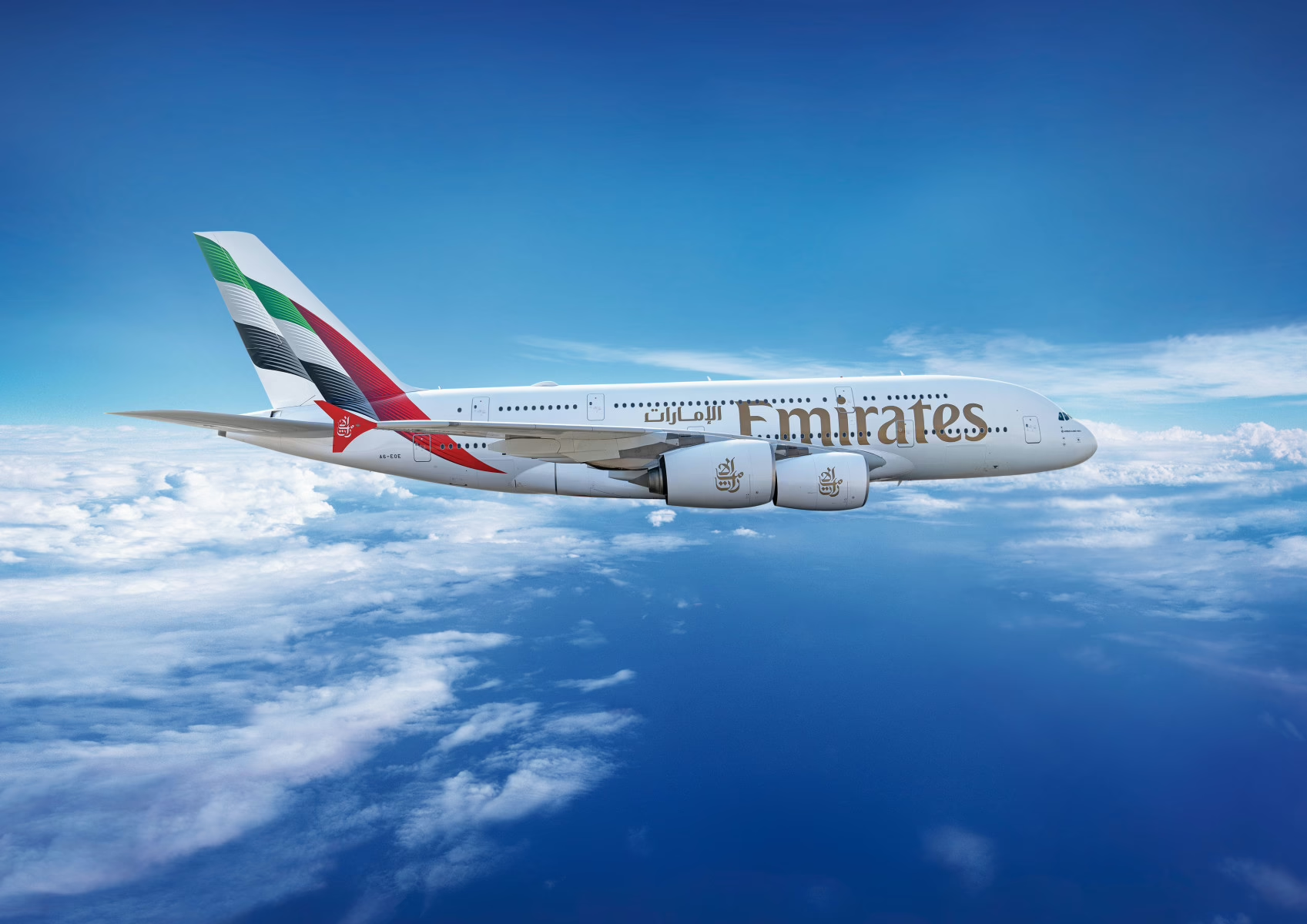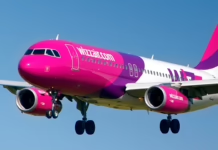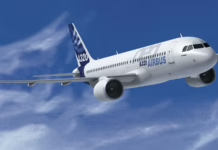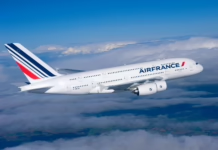Dubai’s superjumbo strategy dominates U.S. markets with 420 November flights—nearly 40% of all A380 capacity—while competitors deploy the quadjet sparingly on select premium routes.
As the IATA Winter Season takes hold, Emirates’ strategic deployment of 420 A380 flights to six U.S. gateways reveals how the Dubai carrier makes superjumbo economics work while competitors retreat.
Emirates has cracked the code that continues to elude most airlines: making the Airbus A380 profitable on a large scale. This November, the Dubai-based carrier is operating 420 superjumbo flights to the U.S.—nearly 40% of all A380 capacity serving American airports—while competitors struggle to justify deploying the quadjet beyond limited routes.
The disparity is striking. Across seven airlines operating A380s to the U.S. this month, data from aviation analytics company Cirium shows 1,134 total flights planned, carrying 549,934 seats. Emirates alone accounts for 420 of those flights, spread across six routes from its Dubai International Airport (DXB) hub. The carrier operates daily service to Houston (IAH), Los Angeles (LAX), San Francisco (SFO), and Washington Dulles (IAD), plus a daily flight to New York JFK via Milan Malpensa (MXP). A twice-daily nonstop to JFK rounds out the network.
Geographic Advantage Meets Premium Revenue Model
Emirates’ dominance stems from Dubai’s strategic position as a natural connecting point between Asia, Europe, Africa, and the Americas. This geographic advantage allows the carrier to fill A380s with both origin-and-destination passengers and connecting traffic—a luxury denied to point-to-point operators.
The airline’s success also reflects its premium cabin strategy. Emirates has optimized its A380 configuration to maximize revenue from business and first-class passengers willing to pay substantial premiums for the superjumbo’s signature onboard experience, including shower spas and bar lounges. This approach proves particularly effective on U.S. routes, where business travel and high-net-worth leisure passengers generate yields that offset the A380’s higher operating costs.
Operational excellence reinforces Emirates’ economic model. Last month, the carrier announced it had topped JFK Airport’s Fly Quiet Program rankings, demonstrating its commitment to community relations at key gateways. “Emirates proactively utilizes Noise Preferential Runways whenever operationally viable, even when facing challenging conditions such as tailwinds, provided safety standards are maintained,” the airline stated.
European Carriers Deploy Selectively
The transatlantic market remains among aviation’s most lucrative corridors, making it prime territory for flagship aircraft. British Airways leads European A380 operations to the U.S. with 244 November flights from London Heathrow (LHR). The carrier operates twice-daily service to Miami (MIA) for most of the month, alongside daily flights to Los Angeles and San Francisco. Washington Dulles receives A380 service through November 7.
BA’s focus on these markets reflects careful route economics. The carrier concentrates superjumbo capacity on destinations with sufficient premium demand and appropriate infrastructure to justify the A380’s costs. The emphasis on West Coast gateways also provides connectivity to Asia-Pacific markets through codeshare partners.
Lufthansa takes a more conservative approach from its Munich Airport (MUC) hub, with 52 planned U.S. rotations this month—30 daily flights to Los Angeles and 22 five-weekly services to San Francisco. Notably absent is Denver (DEN), which received A380 service during the summer season. The route’s successful performance means superjumbo service will return next year, illustrating how European carriers carefully match capacity to seasonal demand patterns.
Asia-Pacific Operators Target Strategic Corridors
Four carriers from the Asia-Pacific region round out November’s U.S.-bound A380 operations, each pursuing distinct strategies shaped by their home markets and network structures.
All Nippon Airways operates a focused operation between Tokyo Narita (NRT) and Honolulu (HNL), deploying three A380s painted in special turtle liveries. The twice-daily service—60 departures in each direction this month—capitalizes on strong Japanese leisure demand for Hawaii.
Qantas demonstrates more geographic diversity, using A380s on three U.S. routes. Sydney (SYD) serves as the primary origin point, with 28 rotations to Los Angeles and 17 to Dallas. Melbourne (MEL) generates nine additional Los Angeles rotations. According to aeroLOPA, Qantas configures its A380s with 14 first-class, 70 business, 60 premium economy, and 341 economy seats—a layout that prioritizes premium revenue while maintaining substantial economy capacity.
South Korean carriers take different tactical approaches. Korean Air operates daily A380 service from Seoul Incheon (ICN) to New York JFK, targeting the East Coast business market. Asiana Airlines focuses on the West Coast with 39 rotations to Los Angeles, equating to nine weekly flights.
Market Implications
The November schedule data reveals distinct competitive strategies. Emirates’ scale advantages—built on geographic position, connecting traffic, and premium revenue focus—allow sustained A380 deployment that competitors cannot match. European carriers use the type selectively on high-yield transatlantic routes, while Asia-Pacific operators concentrate capacity on strategic corridors where point-to-point demand justifies superjumbo economics.
The stark reality remains: Emirates operates more U.S.-bound A380 flights than British Airways, Lufthansa, ANA, Qantas, Korean Air, and Asiana Airlines. This dominance reflects not just fleet size but a business model specifically designed to make the world’s largest passenger aircraft economically viable—a formula that has eluded most of the industry.

Key Takeaways
- Emirates commands 37% of November’s U.S.-bound A380 capacity with 420 flights across six routes from Dubai, leveraging geographic position and premium cabin revenue models that competitors cannot replicate at scale.
- European carriers deploy A380s selectively on high-yield transatlantic corridors, with British Airways operating 244 flights and Lufthansa maintaining 52 rotations while adjusting seasonal capacity.
- Asia-Pacific operators pursue targeted strategies: ANA focuses on Tokyo-Honolulu leisure traffic, Qantas connects Australian cities to U.S. gateways, and Korean carriers split between East and West Coast markets.
- Total November operations reach 1,134 A380 flights carrying 549,934 seats to U.S. airports, demonstrating continued superjumbo viability on premium long-haul routes despite industry-wide capacity constraints.








